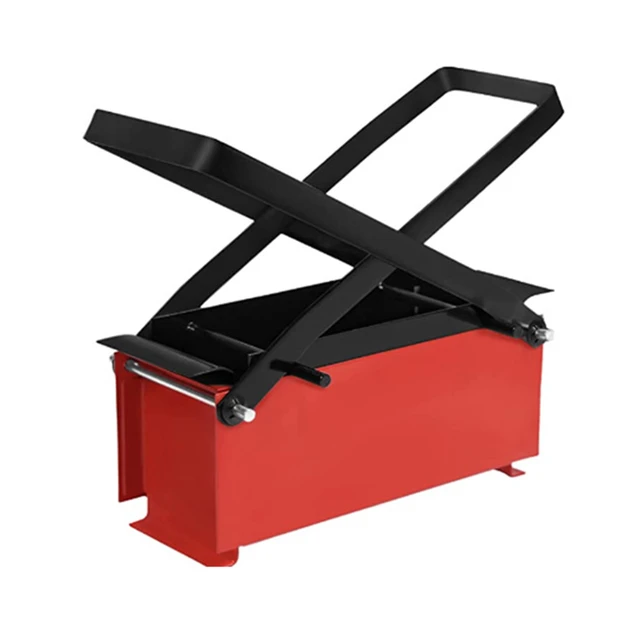Introduction
Selecting the best paper shredder for your needs is essential for secure document disposal and maintaining privacy. With numerous options available on the market, making the right choice can seem daunting. In this guide, we will provide you with a comprehensive set of factors to consider when choosing a paper shredder. From shredder types and security levels to capacity, speed, and additional features, we will help you make an informed decision.
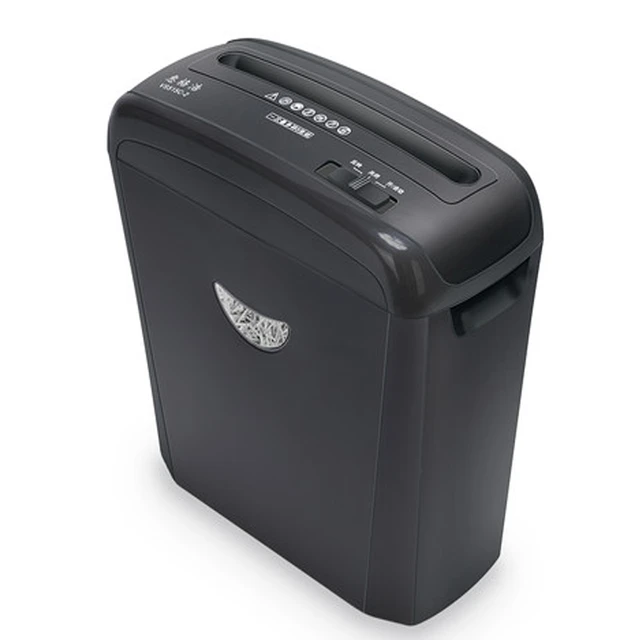
How to pick the best paper shredder?
Type of Shredder
1.1. Strip-Cut Shredders
Strip-cut shredders are the most basic type, cutting paper into long, thin strips. While they offer a lower level of security, they are suitable for general home or small office use where the risk of sensitive information retrieval is minimal.
1.2. Cross-Cut Shredders
Cross-cut shredders provide a higher level of security by cutting paper into small, confetti-like pieces. They are more effective in protecting sensitive information and are recommended for those who handle confidential documents regularly.
1.3. Micro-Cut Shredders
Micro-cut shredders offer the highest level of security by cutting paper into extremely small particles. They are ideal for disposing of highly confidential documents and are commonly used in government offices and organizations dealing with sensitive information.
Security Level
2.1. DIN Standards
Consider the DIN (Deutsches Institut für Normung) security level when selecting a shredder. DIN P-1 provides basic security, while DIN P-7 offers the highest level of protection. Choose a security level that aligns with the sensitivity of the information you handle.
2.2. Cross-Cut and Micro-Cut Options
Cross-cut and micro-cut shredders inherently provide higher security levels compared to strip-cut models. If maintaining the confidentiality of your documents is a priority, opt for a cross-cut or micro-cut shredder.

Capacity and Speed
3.1. Sheet Capacity
Determine the number of sheets you typically need to shred at once. Shredders have different sheet capacities, ranging from 5 to 100 sheets or more. Choose a shredder with an appropriate sheet capacity to accommodate your shredding needs.
3.2. Continuous Run Time
Consider the continuous run time of the shredder, which refers to the duration it can operate without needing to cool down. If you have a high volume of shredding, opt for a shredder with a longer continuous run time to avoid interruptions.
3.3. Shredding Speed
Shredding speed is measured in feet per minute (FPM). Higher shredding speeds are generally preferable, as they allow for faster document disposal. However, it is important to maintain a balance between speed and the security level you require.
Feed Opening Size and Auto-Feed Options
4.1. Feed Opening Size
Check the feed opening size of the shredder to ensure it can handle the paper sizes you typically use. Smaller feed openings may require folding or trimming documents before shredding, while larger feed openings accommodate standard paper sizes easily.
4.2. Auto-Feed Feature
Consider whether you require an auto-feed feature, which allows you to load a stack of paper for shredding without manual feeding. This feature is convenient for shredding larger volumes of documents efficiently.
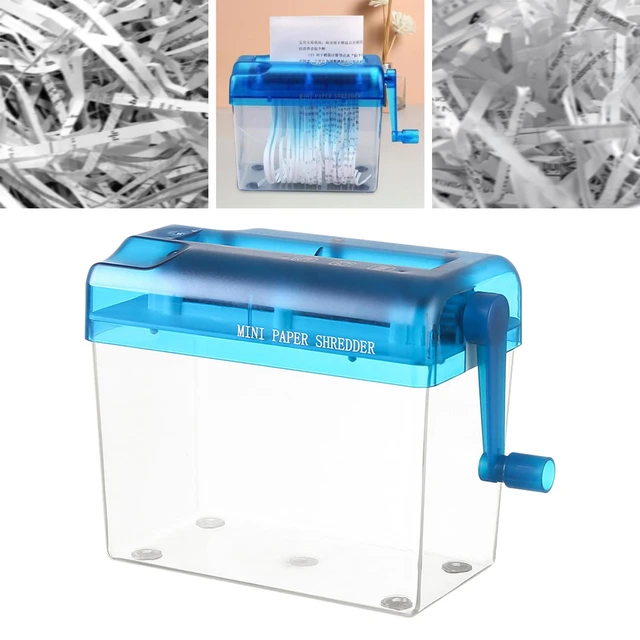
Safety Features
5.1. Safety Sensors
Look for shredders equipped with safety sensors that detect when hands or objects are too close to the feed opening. These sensors automatically pause or reverse the shredding process to prevent accidents.
5.2. Overload and Overheat Protection
Choose a shredder with overload and overheat protection mechanisms. These features automatically shut down the shredder when it reaches its maximum capacity or temperature threshold, preventing damage to the machine.
Noise Level
6.1. Consider Noise Output
Take into account the noise level of the shredder, especially if you will be using it in a shared workspace or at home. Shredders with a lower decibel (dB) level operate more quietly, reducing disruptions and creating a more comfortable environment.
Bin Capacity and Ease of Emptying
7.1. Bin Capacity
Consider the size of the shredder’s bin in relation to your shredding needs. A larger bin capacity means fewer frequent emptying sessions, while smaller bins may require more frequent disposal of shredded materials.
7.2. Easy-Emptying Mechanism
Look for shredders with user-friendly emptying mechanisms, such as pull-out bins or easy-access doors. These features simplify the disposal of shredded materials and minimize messes during the emptying process.
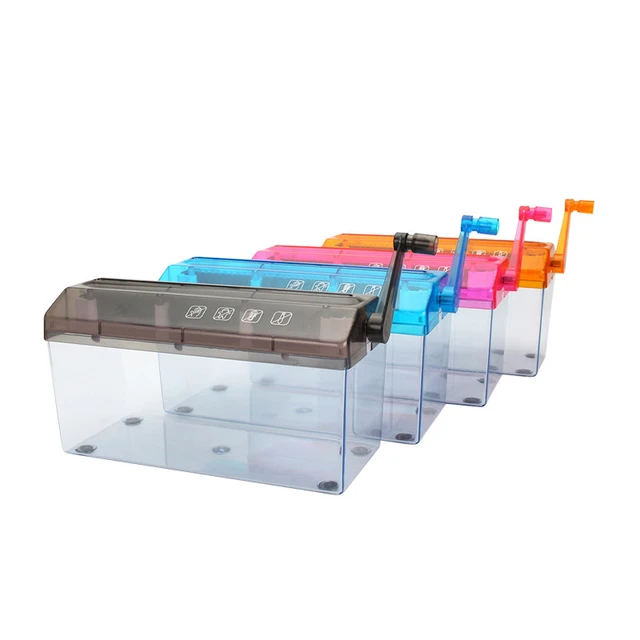
Additional Features
8.1. Reverse Function
A reverse function allows you to manually reverse the shredding process, helping to clear paper jams or remove any obstructions easily.
8.2. Auto Start/Stop
An auto start/stop feature activates the shredder when paper is inserted and stops it when shredding is complete, providing convenience and energy efficiency.
8.3. Jam Prevention Technology
Certain shredders offer jam prevention technology, which helps prevent paper jams by adjusting the shredding process based on paper thickness and providing smooth and uninterrupted operation.
Choosing a shredder that won’t clog.
Sheet Capacity and Runtime: Choose a shredder that matches your shredding needs. Overloading a shredder with too many sheets at once or using it beyond its recommended runtime can lead to clogs. Opt for a shredder with a higher sheet capacity and a longer continuous runtime if you frequently shred large volumes of paper.
Remove Staples and Paper Clips: Before shredding documents, remove any staples, paper clips, or other metal objects. These can cause clogs or damage to the shredder’s cutting blades.
Oil the Shredder: Regularly lubricating your shredder with shredder oil can help prevent clogs by reducing friction and ensuring smooth operation. Follow the manufacturer’s guidelines for oiling frequency.
Use High-Quality Paper: Cheaper or low-quality paper may be more prone to creating paper dust or residue that can lead to clogs. Opt for higher quality paper to minimize this risk.
Follow Manufacturer Guidelines: Always read and follow the manufacturer’s instructions and guidelines for proper use, maintenance, and troubleshooting.
Remember that even the best shredders may occasionally experience jams, so it’s important to be prepared and know how to safely clear any clogs that may occur.
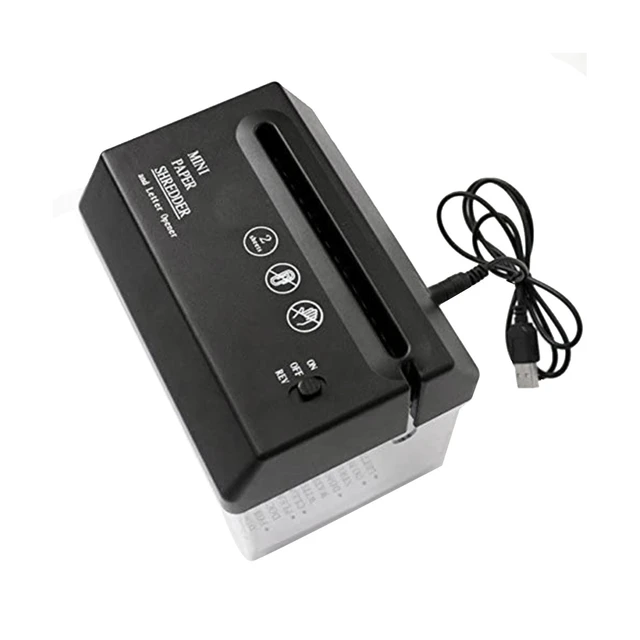
Conclusion
Choosing the best paper shredder involves considering various factors, including the type of shredder, security level, capacity, speed, and additional features. Understanding your specific needs and the level of security required for your documents is essential. By carefully evaluating these factors and considering reputable brands known for their reliability, you can select a paper shredder that not only meets your shredding needs but also protects your sensitive information effectively.

